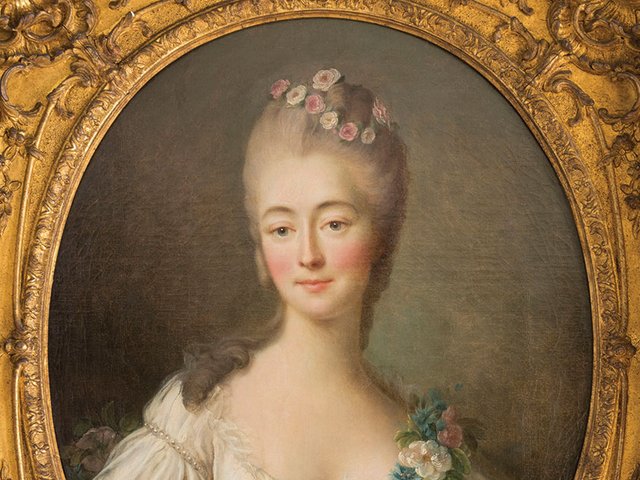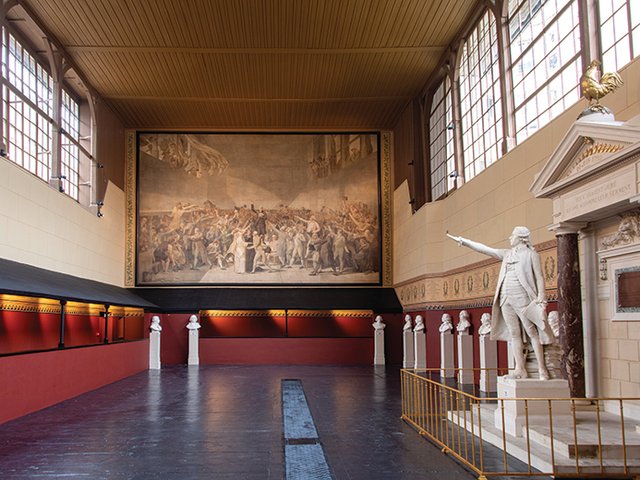The Château de Versailles has become famous not just for its beauty and historical significance: it is now at the centre of France’s first trial over alleged lead poisoning during the restoration of a historical monument.
Following 15 years of legal wrangling, the case appeared to be finally on the way to being resolved when, on 30 September, the criminal court of Versailles conducted a preliminary hearing on the matter. However, the trial was postponed to February at the request of the chief architect of the château, Frédéric Didier, who had received his summons three days late. Jean-Jacques Neuer, one of the lawyers for the plaintiffs, said he was “outraged” by this new delay .
The saga began in 2009 following a two-year restoration of the palace’s sumptuously decorated royal opera, which was made entirely out of wood by Louis XV’s architect Ange-Jacques Gabriel, and has been painstakingly preserved since it opened in 1770. But some of the workers involved in the restoration say they paid a high price: they claim to have been intoxicated by lead dust when they scrubbed down the sculptures and decoration.
According to documents revealed for the trial, nine individuals and legal entities are now being brought before the court. Six stand accused of negligence causing involuntary harm, including the culture ministry’s heritage operator, for its role as the contracting authority overseeing the restoration, as well as the chief architect of the château.
Asselin, a company specialising in historical monuments that managed the works, its founder François Asselin (who is also the chair of the French confederation of small and medium-sized companies), and its former project manager, face more serious charges of causing danger to life and witness tampering. Six of their carpenters are civil parties in the case, although the judge leading the investigation says that more workers were contaminated. The judge dropped charges against the Château de Versailles itself concluding that, having contracted the project, it was not responsible for the way the work was carried out.
For centuries, white lead, also called ceruse, was widely used as a pigment. Since the Renaissance it was suspected to be harmful, and its toxicity was proven in the 19th century—but it was only banned in France and the UK in the 1990s. Lead poisoning has long-term effects on various parts of the body; even small doses can cause serious health problems. At high levels, it can be lethal.
Alarming lead levels in blood
The carpenter who raised the alarm, Didier Andrieu, discovered the poisoning by accident after complaining to his doctor of various symptoms and asking for a blood test, he tells The Art Newspaper. He was “shocked” to discover the level of lead in his blood had increased to more than eight times the normal amount. He was immediately hospitalised. His colleagues had similar or even higher levels. Years of chaotic legal procedures followed and Andrieu says he “was revolted by the [vitriol] of the reactions” against his allegations.
According to investigations conducted as part of the trial, the site was not sufficiently ventilated and workers did not receive adequate personal protective equipment (PPE). Andrieu says he had to confront his employer and alert labour inspection officials, so that the necessary measures would be taken. The inspectors’ report stated lead dust at the site was “20 times higher than the norm”, acknowledging “a clear link with the level of lead in the blood of the workers employed by Asselin and the disrespect of safety rules”.
The criminal investigation alleges that Asselin staff forged documents and pressured workers to testify that their colleagues did not wear PPE, when in fact it had not been provided to them. All parties were contacted for a reaction; Asselin’s attorney declined to comment.
“Restoration works were supposed to continue for another two months,” says Andrieu’s lawyer, Jean-Jacques Neuer. “If my client had not alerted everyone, the lead poisoning could have been more serious, even fatal.” Pointing out that this drama was “staged against the backdrop of the Château de Versailles”, he claims “the moral is clear: what is the life of a worker worth in a world dominated by money and power?”






